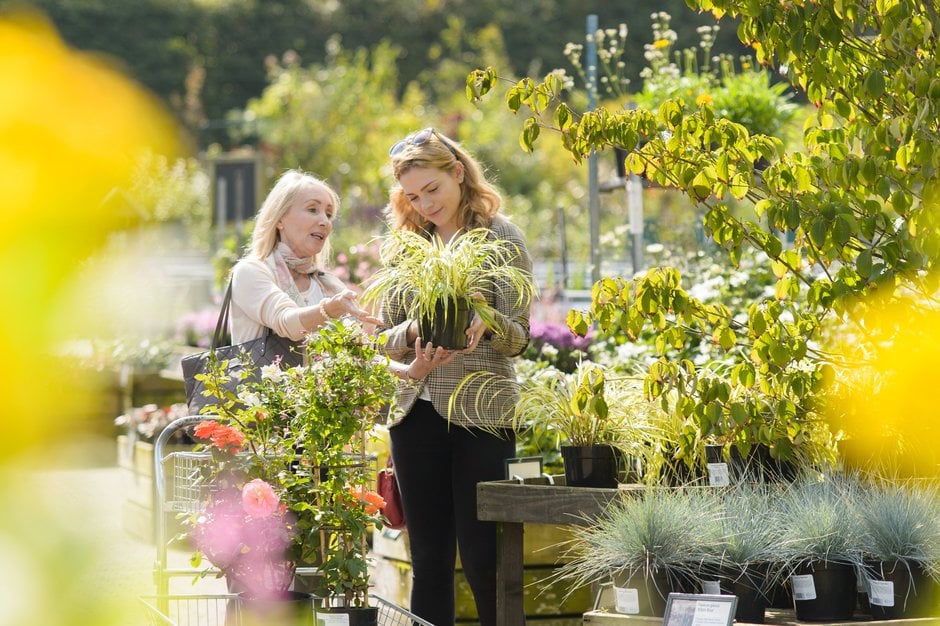Growing guide
How to grow Rudbeckia
Rudbeckia have daisy-like flowers that provide a blaze of colour in late summer. They are generally low maintenance, have a long flowering season and are good for wildlife. The perennial types are usually yellow but there are other flower colours available, with the annuals that usually raised from seed offer blooms in shades of orange, dark red or brown.
Quick facts
All you need to know
While we think all this information will be helpful to you, we always recommend to read the instruction labels on your plants.

Discover rudbeckias
Everything you need to know about choosing the right rudbeckia for you
Get involved
The Royal Horticultural Society is the UK’s leading gardening charity. We aim to enrich everyone’s life through plants, and make the UK a greener and more beautiful place.

